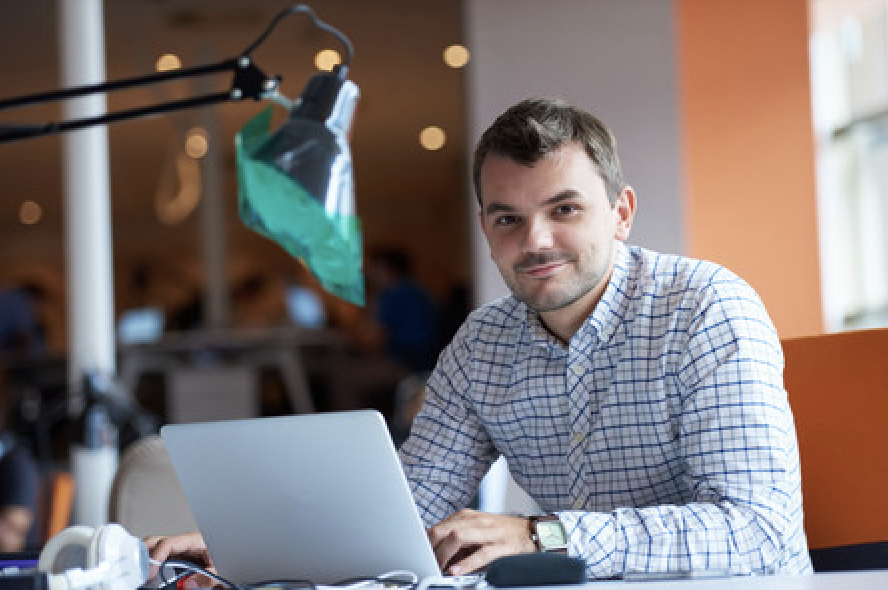2018雅思阅读模拟练习passage 2:Life lessons
北京雅思培训,雅思备考资料,雅思网课,雅思培训机构,雅思保分班,雅思真题,雅思课程
为尽量还原雅思阅读考试的真实考试场景,建议考生将下面的阅读题目打印后计时练习。雅思阅读速度如何提高,无他,提高做题速度一方面要有丰富的词汇量储备,一方面要有一定的考试技巧做支撑,当然,最重要的还是实践出真知,多刷题,多总结多反思。易伯华雅思君觉得雅思阅读分数并不是靠刷题刷出来的,光练不反思的效果并不好。先奉上本期雅思阅读模拟练习题:Life lessons from villains, crooks and gangsters,题目难度中等,建议阅读时间10分钟。
READING PASSAGE 2
You should spend about 20 minutes on Questions 14–26, which are based on
Reading Passage 2 below.
Life lessons from villains, crooks and gangsters
(A) A notorious Mexican drug baron’s audacious escape from prison in July
doesn’t, at first, appear to have much to teach corporate boards. But some in
the business world suggest otherwise. Beyond the morally reprehensible side of
criminals' work, some business gurus say organised crime syndicates, computer
hackers, pirates and others operating outside the law could teach legitimate
corporations a thing or two about how to hustle and respond to rapid change.
(B) Far from encouraging illegality, these gurus argue that – in the same way
big corporations sometimes emulate start-ups – business leaders could learn from
the underworld about flexibility, innovation and the ability to pivot quickly.
“There is a nimbleness to criminal organisations that legacy corporations [with
large, complex layers of management] don’t have,” said Marc Goodman, head of the
Future Crimes Institute and global cyber-crime advisor. While traditional
businesses focus on rules they have to follow, criminals look to circumvent

them. “For criminals, the sky is the limit and that creates the opportunity to
think much, much bigger.”
(C) Joaquin Guzman, the head of the Mexican Sinaloa drug cartel, for
instance, slipped out of his prison cell through a tiny hole in his shower that
led to a mile-long tunnel fitted with lights and ventilation. Making a break for
it required creative thinking, long-term planning and perseverance – essential
skills similar to those needed to achieve success in big business.
(D) While Devin Liddell, who heads brand strategy for Seattle-based design
consultancy, Teague, condemns the violence and other illegal activities he
became curious as to how criminal groups endure. Some cartels stay in business
despite multiple efforts by law enforcement on both sides of the US border and
millions of dollars from international agencies to shut them down. Liddell
genuinely believes there’s a lesson in longevity here. One strategy he
underlined was how the bad guys respond to change. In order to bypass the border
between Mexico and the US, for example, the Sinaloa cartel went to great
lengths. It built a vast underground tunnel, hired family members as border
agents and even used a catapult to circumvent a high-tech fence.
(E) By contrast, many legitimate businesses fail because they hesitate to
adapt quickly to changing market winds. One high-profile example is movie and
game rental company Blockbuster, which didn’t keep up with the market and lost
business to mail order video rentals and streaming technologies. The brand has
all but faded from view. Liddell argues the difference between the two groups is
that criminal organisations often have improvisation encoded into their daily
behaviour, while larger companies think of innovation as a set process. “This is
a leadership challenge,” said Liddell. “How well companies innovate and organise
is a reflection of leadership.”
Left-field thinking
(F) Cash-strapped start-ups also use unorthodox strategies to problem solve
and build their businesses up from scratch. This creativity and innovation is
often borne out of necessity, such as tight budgets. Both criminals and start-up
founders “question authority, act outside the system and see new and clever ways
of doing things,” said Goodman. “Either they become Elon Musk or El Chapo.” And,
some entrepreneurs aren’t even afraid to operate in legal grey areas in their
effort to disrupt the marketplace. The co-founders of music streaming service
Napster, for example, knowingly broke music copyright rules with their first
online file sharing service, but their technology paved the way for legal
innovation as regulators caught up.
(G) Goodman and others believe thinking hard about problem solving before
worrying about restrictions could prevent established companies falling victim
to rivals less constrained by tradition. In their book The Misfit Economy, Alexa
Clay and Kyra Maya Phillips examine how individuals can apply that mindset to
become more innovative and entrepreneurial within corporate structures. They
studied not just violent criminals like Somali pirates, but others who break the
rules in order to find creative solutions to their business problems, such as
people living in the slums of Mumbai or computer hackers. They picked out five
common traits among this group: the ability to hustle, pivot, provoke, hack and
copycat.
(H) Clay gives a Saudi entrepreneur named Walid Abdul-Wahab as a prime
example. Abdul-Wahab worked with Amish farmers to bring camel milk to American
consumers even before US regulators approved it. Through perseverance, he
eventually found a network of Amish camel milk farmers and started selling the
product via social media. Now his company, Desert Farms, sells to giant
mainstream retailers like Whole Foods Market. Those on the fringe don’t always
have the option of traditional, corporate jobs and that forces them to think
more creatively about how to make a living, Clay said. They must develop grit
and resilience in order to last outside the cushy confines of cubicle life. “In
many cases scarcity is the mother of invention,” Clay said.
Questions 14-21
Reading Passage 2 has eight paragraphs A-H. Match the headings below with the
paragraphs. Write the correct letter, A-H, in boxes 14-21 on your answer
sheet.
14. Jailbreak with creative thinking
15. Five common traits among rule-breakers
16. Comparison between criminals and traditional businessmen
17. Can drug baron's espace teach legitimate corporations?
18. Great entrepreneur
19. How criminal groups deceive the law
20. The difference between legal and illegal organisations
21. Similarity between criminals and start-up founders
Questions 22–25
Complete the sentences below.
Write ONLY ONE WORD from the passage for each answer.
Write your answers in boxes 22–25 on your answer sheet.
22. To escape from a prison, Joaquin Guzman had to use such traits as
creative thinking, long-term planning and _______.
23. The Sinaloa cartel built a grand underground tunnel and even used a
_______ to avoid the fence.
24. The main difference between two groups is that criminals, unlike large
corporations, often have _______ encoded into their daily life.
25. Due to being persuasive, Walid Abdul-Wahab found a _______ of Amish camel
milk farmers.
Question 26
Choose the correct letter, A, B, C or D.
26. The main goal of this article is to:
A Show different ways of illegal activity
B Give an overview of various criminals and their gangs
C Draw a comparison between legal and illegal business, providing
examples

D Justify criminals with creative thinking
翻页查看答案

免费1对1规划学习方法


剑桥大学&双硕士